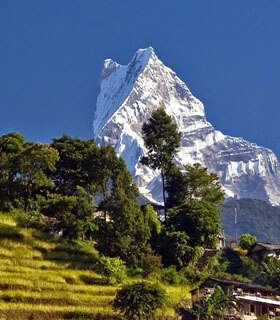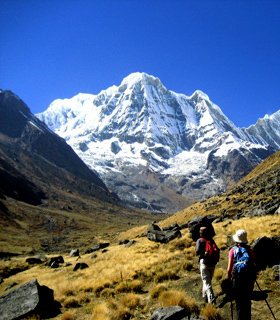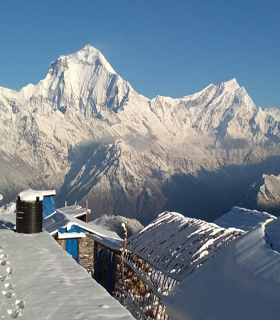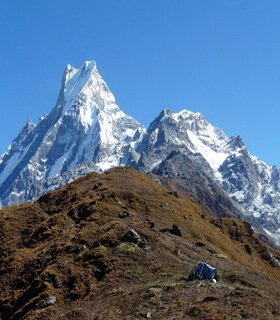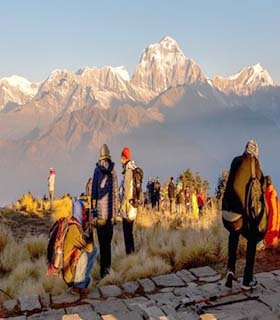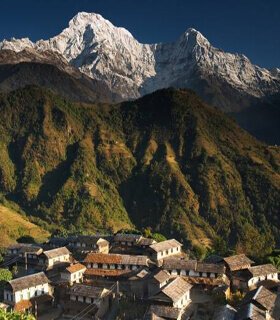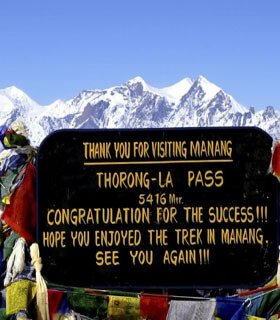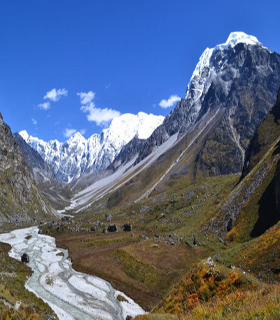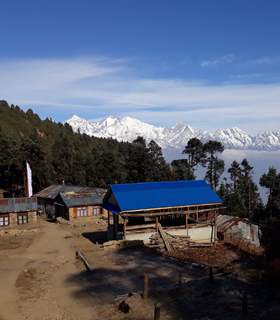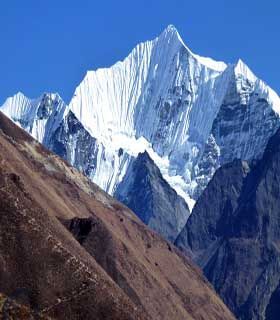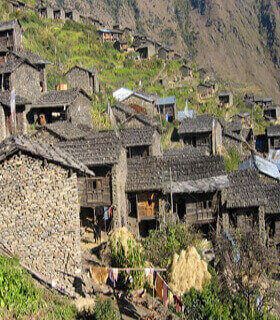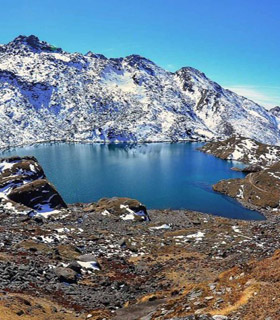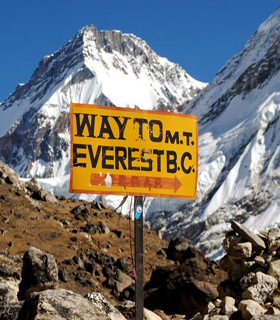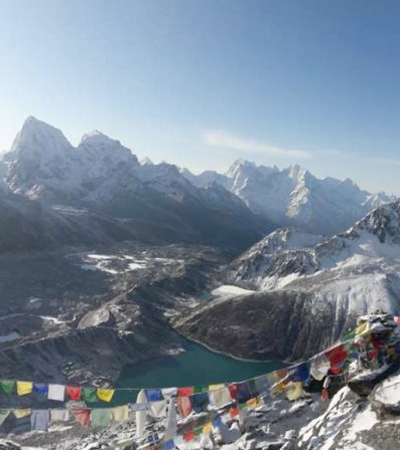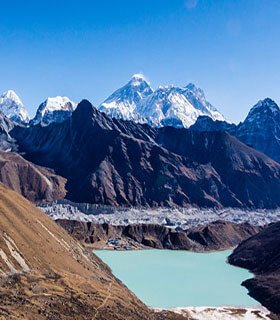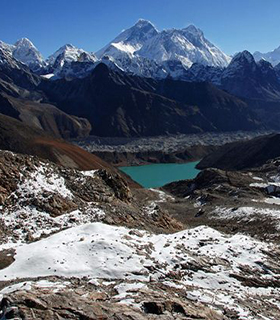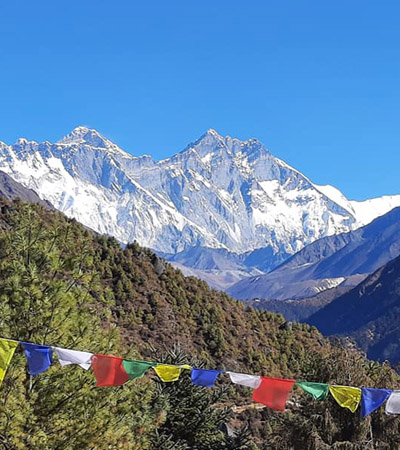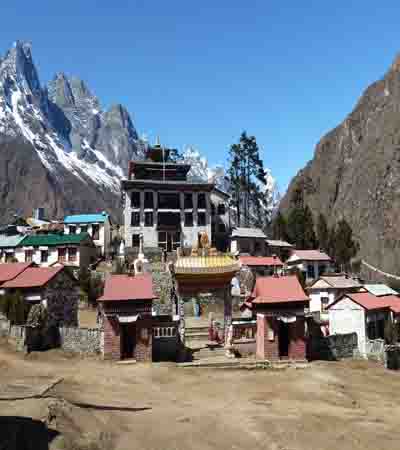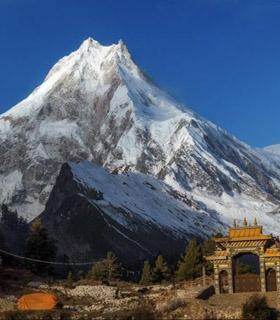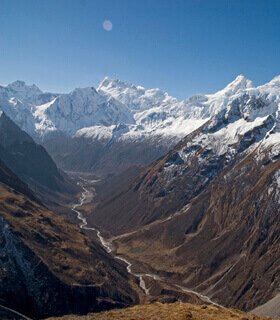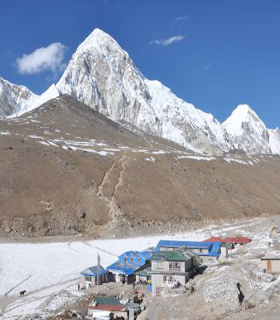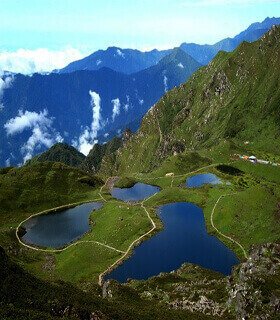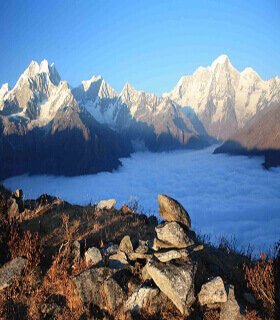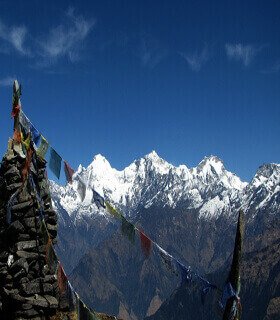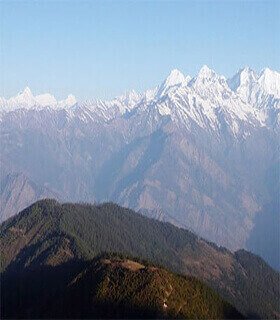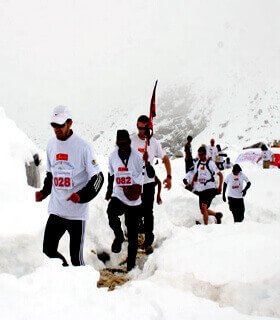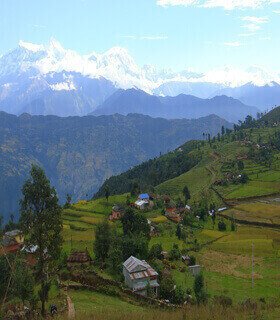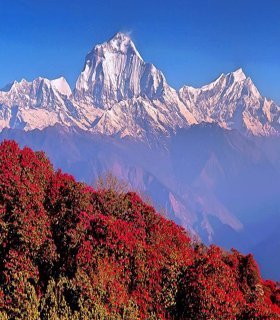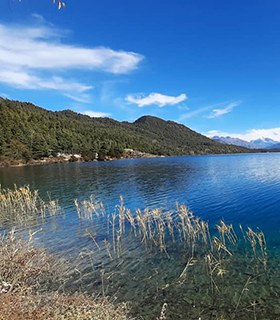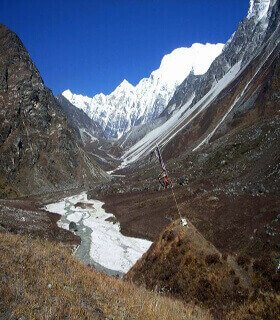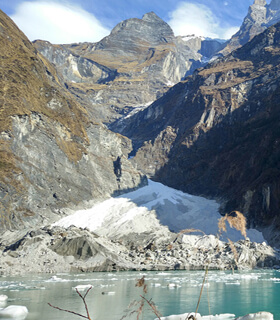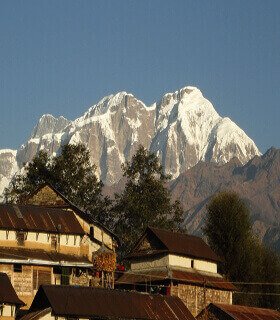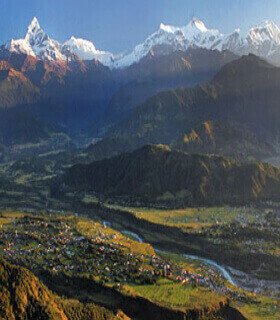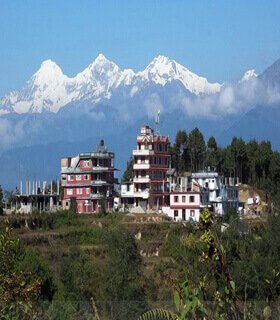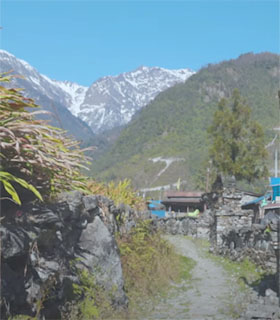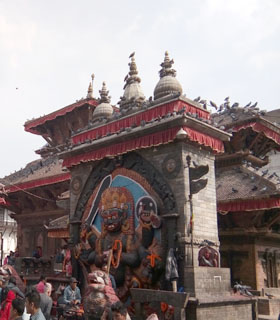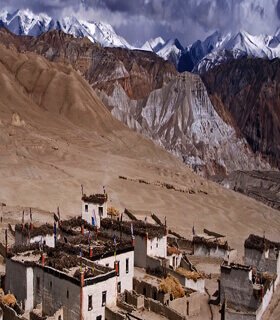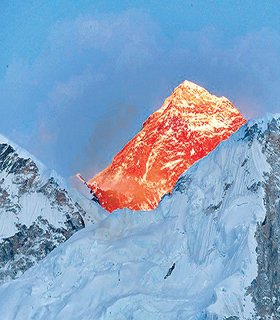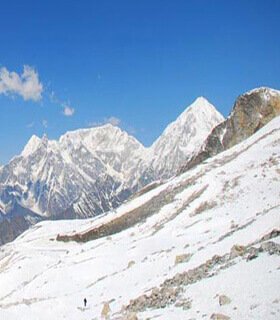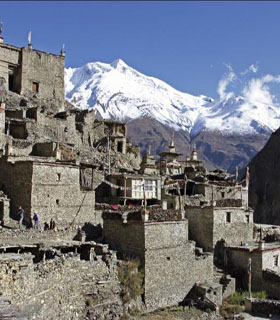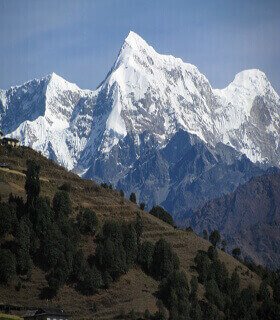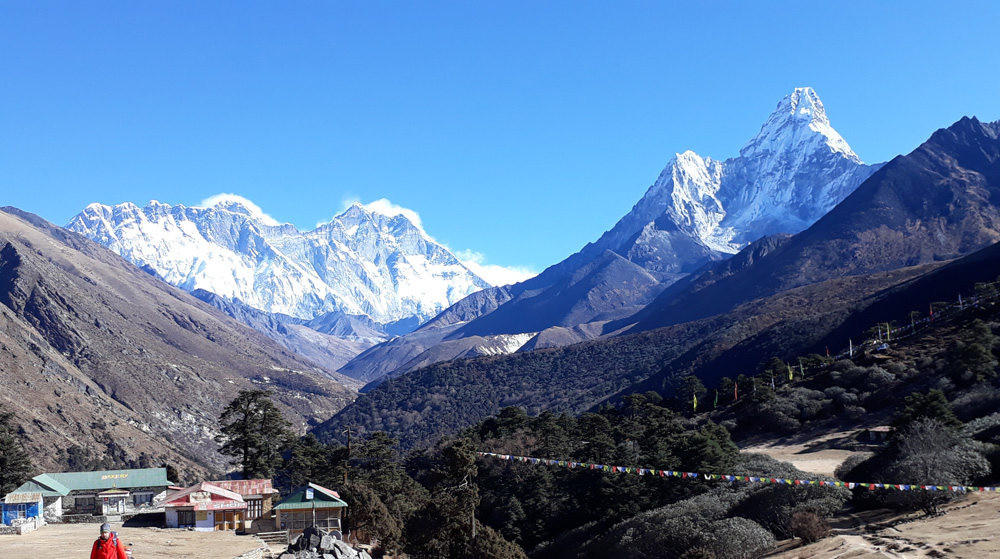
Trekking in the Nepal Himalayas is an extraordinary experience. Nepal boasts eight of the ten highest mountains in the world and some of the most beautiful landscapes, accessible only by foot. This makes trekking in Nepal a unique and unforgettable adventure.
Nepal trekking is the most popular tourist activity in the country, offering a wide variety of options suitable for people of all ages and abilities. Contrary to popular belief, trekking in Nepal is not about wandering alone through uncharted wilderness. Well marked trekking paths, regularly spaced villages, and tea houses provide ample opportunities for rest and recovery.
The youngest Himalayas stretch from Assam in eastern India to Afghanistan, forming a chain of the highest mountains on earth. This region is rich in religious and cultural traditions and is home to a diverse population.
Colonel Jimmy Roberts, known as “The Father of Trekking” in Nepal, introduced trekking tours in 1965, marking the beginning of the trekking industry in the country. Rich culture and warm hospitality of the Nepalese people come to life along the scenic hill trails, providing an immersive and unforgettable experience.
If you have the time and energy to trek, don’t miss the chance to leave Kathmandu and explore the spectacular beauty and unique culture of Nepal. With only a few roads extending deeply into the hills, walking remains the best way to visit the remote regions.
The effort required is substantial, but the rewards are equally great. Gokyo Treks Agency offers some of the best trekking packages in Nepal, ensuring a special and rewarding mountain holiday.
When can you trek in Nepal?
The best time to trek in the Nepal Himalayas is during the pre monsoon (spring) and post monsoon (autumn) seasons. From March to May, trekkers can enjoy mild temperatures, blooming rhododendrons, and clear mountain views. Spring offers warm weather, making treks in regions like lower Annapurna particularly pleasant.
Similarly, from September to November, stable weather and crystal clear skies provide ideal trekking conditions, with temperatures cooling down to a comfortable 18 to 22 degrees Celsius during the day. Autumn also showcases beautiful wildflowers and fountains along the trails.
These seasons offer safe and comfortable trekking, although the trails can be crowded due to their popularity. Winter (December to February) is suitable for lower altitude treks, while the monsoon season (June to August) is generally less favorable due to heavy rainfall, except in rain shadow areas like Annapurna and Mustang.
Trekking in the Nepal Himalayas requires moderate to high physical fitness, depending on the trek’s difficulty. Trekkers should be prepared for long walks on varied terrain, often at high altitudes. Cardiovascular fitness, strength, and endurance are essential.
Regular aerobic exercise and strength training focused on the legs and core are advisable. Prior hiking experience is beneficial but not mandatory. Acclimatization is crucial to prevent altitude sickness, so rest days should be included in the itinerary.
With proper preparation and fitness, trekkers can fully enjoy the breathtaking beauty and unique experiences that the Nepal Himalayas offer. Before embarking on a trek in the Himalayas, it is essential to review the trekking gear list. Having the right equipment is crucial for ensuring a safe and successful trekking experience.
How much is a Nepal trekking price?
The cost of trekking in Nepal depends on the specific route and individual requirements. Ranges of price varies significantly based on the trek’s duration, level of service, and season.
On average, budget treks such as the Langtang Valley can cost around $300 to $1,000, while more popular routes like the Everest Base Camp and Annapurna Circuit typically range from $1,000 to $2,500. Luxury options for these treks can exceed $3,000 because of including single way helicopter flights. These costs generally cover permits, guide and porter fees, accommodation, meals, domestic flights and sometimes helicopter ride.
However, they do not include international flights, travel insurance, personal expenses, tips, and extra activities. By carefully planning and considering your preferences, you can find a trekking package in Nepal that fits your budget and offers an unforgettable experience.
What sort of Toilets are available while trekking in Nepal?
There are as yet various sit down toilets along the trip yet when you are above 3,500 meters these do turn out to be scant and long drops or squat toilets are the choices available.
One suggestion is to keep a roll of toilet paper in your daypack for good measure and some moist disposable clothes helpful like wet wipes handy. Lodges even the ones with a flush don’t ordinarily furnish this so unquestionably convey some with you. As you go higher the more costly the tissue roll turns out to be so load up lower down. It’s additionally a smart thought to have some hand sanitizer in your day pack as there isn’t generally cleaner accessible in the hotels by the same token.
Sit-downs versus Squat Toilets
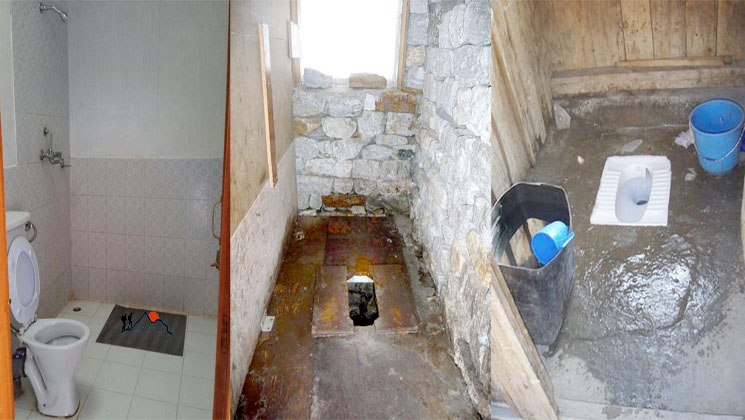
During a Base Camp hike, after a few days without access to a sit down toilet, you will likely become adept at using squat toilets. Many people find these toilets to be more hygienic, as there is no contact with a toilet seat, unlike Western toilets. For additional guidance on how to use a squat toilet, I recommend reading this resource.

